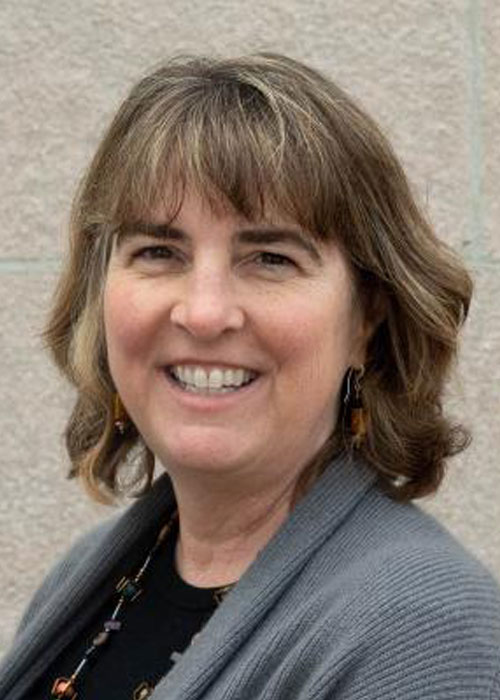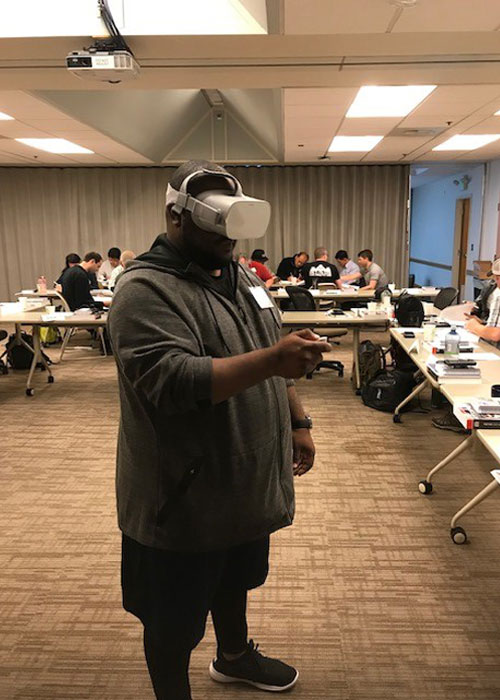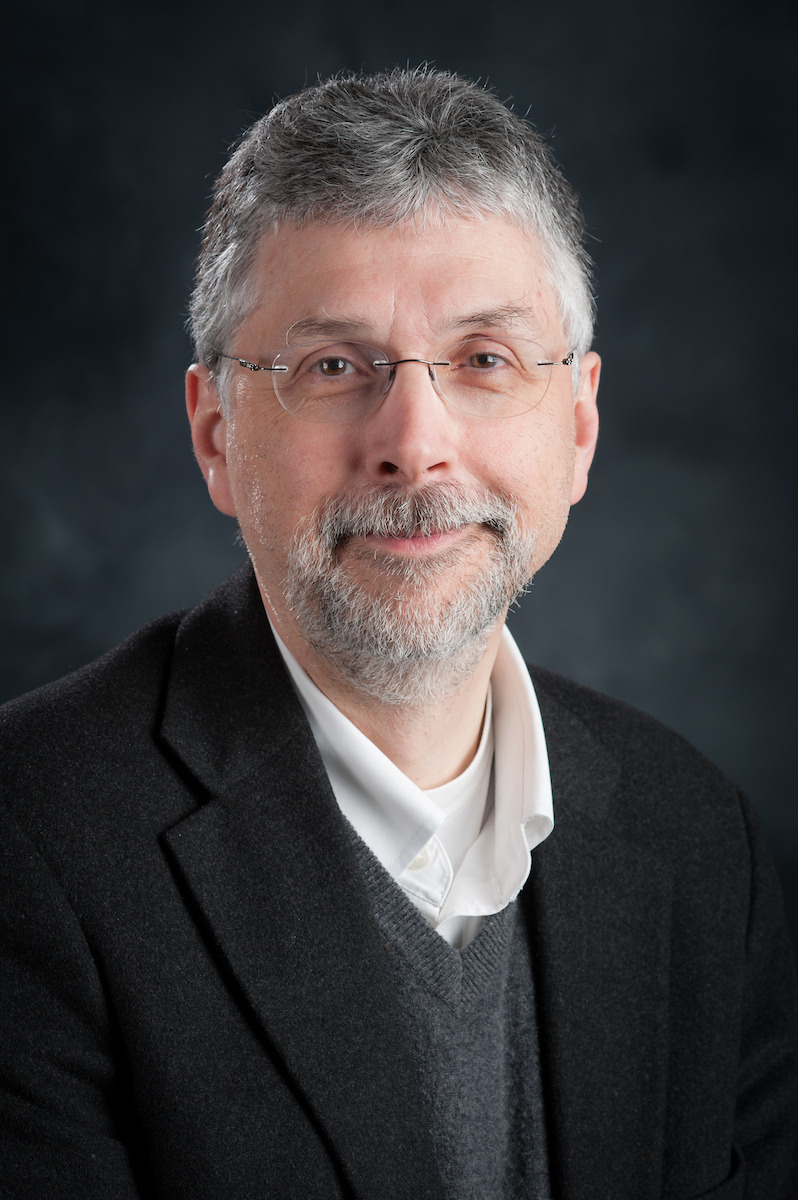
As wildfires continue to burn across the western United States – intensified by warmer, drier conditions caused by climate change – more attention is being paid to the region’s parched forests, and to the people making these forests more resilient to fires.
A new project led by occupational health experts at the University of Washington School of Public Health seeks to protect the health and safety of these forest workers through research-based training using virtual reality, popularly known as VR. The project was funded recently by a $175,000 grant from the Washington State Department of Labor and Industries.

“VR is the training for the 21st century - producing simulations that can create life-saving situations,” said Nancy Simcox, a lecturer in the School’s Department of Environmental & Occupational Health Sciences (DEOHS) who is leading the project. Simcox is collaborating with Brian Cleveley, a senior lecturer of virtual technology and design at the University of Idaho, to create a virtual world that will engage these workers, many of whom are from Latinx communities, in culturally acceptable safety and situational awareness training.
The training will provide a digital simulation of scenarios these forest workers are likely to experience in the field, creating a new kind of active learning environment that allows the group to practice different work tasks under varied circumstances. Using a headset and controllers, trainees will be able to see and hear what they would in real life, from the tall Douglas firs typical of Pacific Northwest forests to the growl of chainsaws.
Trainees will be able to walk around the virtual world – assessing their surroundings for potential wildfire hazards such as thick layers of pine needles on the forest floor. They'll also interact with simulated machines and other trainees, and make decisions that would lead to certain outcomes.
As director of Continuing Education Programs and Outreach in DEOHS, Simcox has extensive experience developing and delivering environmental and occupational health training for practicing professionals in Washington state, Oregon, Idaho and Alaska.
“When I started to hear about VR, it seemed like a no brainer,” she said. “We could put people in an environment where they can take actions and make decisions, and they won’t get hurt.”

Cleveley added: “The value of the virtual world is that you can make right and wrong decisions, and even if you make a mistake and there were a bad outcome, you’re still there to try it again. We have a saying, ‘Real world outcomes without real world consequences.’”
Simcox and Cleveley agreed that VR provides a unique way to enhance learning by harnessing the experience of making mistakes in a controlled environment.
As the frequency and intensity of wildfires increase, more work is being done by crews of contract workers to remove needles, grasses, twigs, shrubs, branches and downed trees in forests that could “burn like a matchstick,” said Simcox. These workers face a multitude of hazards on the job. They work in rough and sometimes unpredictable terrain, are often in close proximity to burning and falling trees, operate dangerous equipment and can experience ergonomic risks associated with heavy lifting. There are also additional challenges involved with working in teams.
“It’s loud and noisy, so being able to communicate as a team when you’re out in the forest is important, as is making sure everyone knows where everyone is when a tree is falling,” Cleveley said.
To ensure the VR training reflects - as much as possible - what might occur in the real world, the project team invited some of these forest workers, their employers and trainers to sit down with Cleveley’s “virtual world builders.” These partners have helped designers to understand what the virtual world could look like, from what people are wearing to how they’re holding chainsaws. They are also helping to inform what safety topics are most critical and are hardest for trainees to grasp through current educational tools.
Another priority of this project is to make language less of a barrier to potentially life-saving training. To achieve this, Simcox and Cleveley are planning to build a virtual world that will also engage workers who do not speak English as their primary language or who simply digest information better in Spanish. The goal is to offer the simulation in both English and Spanish, and “not just Spanish on quick translation,” Cleveley said, “but have a native speaker translate the true intent of what the training is trying to teach.”

The UW team is partnering with the Washington State University’s extension program, which offers a variety of forestry education, to pilot the VR training in their classrooms. WSU experts are also providing guidance in the early phases of the project as the simulated experiences are being designed.
The structure of the training is based on research conducted by the Pacific Northwest Agricultural Safety and Health, or PNASH Center, based in DEOHS at the UW School of Public Health, which developed resources highlighting the hazards of forestry work. Simcox and Cleveley also plan to expand the training to include an augmented reality, or AR, module for smartphones and tablets that will allow employers and supervisors to improve their safety talks and reminders out in the field.
“It’s exciting that we are using the VR technology across a variety of platforms so we can reach and serve workers, employers and educators in many different situations – those in the field as well as in the classroom,” Simcox said.
Said Cleveley: “Ultimately it comes down to really good storytelling. This is the story of field safety in forest conditions and being best prepared for what might happen out there. It's all about this story.”
